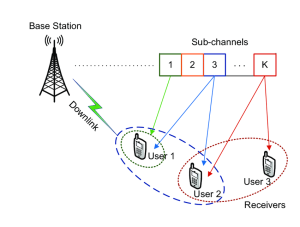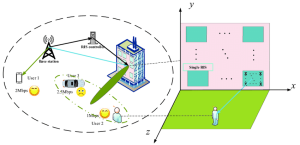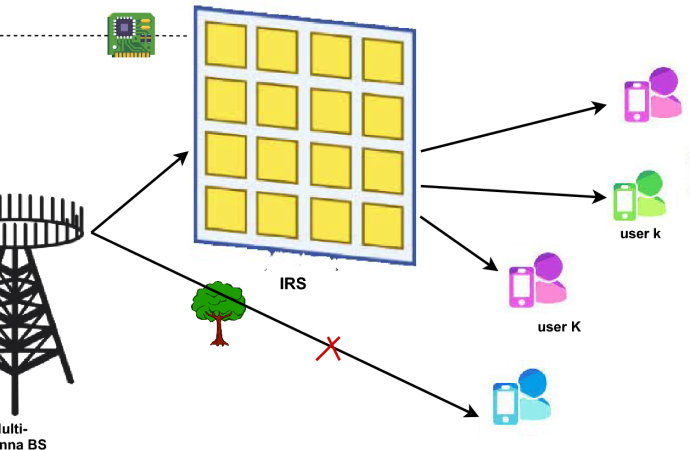Introduction The integration of the Internet of Things (IoT) in Simultaneous Wireless Information and Power Transfer (SWIPT) systems operating in Non-Orthogonal Multiple Access (NOMA) environments presents a groundbreaking avenue for revolutionizing energy utilization. This synergy between IoT and SWIPT-NOMA technology fosters efficient energy harvesting and data communication, promising significant advancements in various sectors like smart
Introduction
The integration of the Internet of Things (IoT) in Simultaneous Wireless Information and Power Transfer (SWIPT) systems operating in Non-Orthogonal Multiple Access (NOMA) environments presents a groundbreaking avenue for revolutionizing energy utilization. This synergy between IoT and SWIPT-NOMA technology fosters efficient energy harvesting and data communication, promising significant advancements in various sectors like smart cities, healthcare, industrial automation, and more. This article delves into the amalgamation of IoT with SWIPT-NOMA setups, exploring its potential, challenges, and transformative impact on energy utilization.
Understanding SWIPT-NOMA and IoT Integration
Enhancing Energy Harvesting and Data Transmission
SWIPT-NOMA is an innovative paradigm that enables simultaneous wireless energy transfer and data communication among multiple users in a non-orthogonal fashion. It leverages power-domain NOMA to allocate power levels and modulate signals for multiple users, allowing them to decode information and harvest energy concurrently. This technology optimizes spectral efficiency and energy utilization, paving the way for sustainable and efficient wireless systems.

Image By:https://www.nature.com
Expanding Horizons for Energy-Efficient Applications
The IoT encompasses a network of interconnected devices that communicate and share data, enabling smart functionalities across diverse domains. By integrating IoT with SWIPT-NOMA setups, a myriad of IoT devices can be powered and synchronized wirelessly, leading to intelligent systems capable of real-time data exchange and processing. This integration not only facilitates seamless connectivity but also empowers IoT devices with self-sustainability through energy harvesting.

Image By:https://www.researchgate.ne
Conclusion
The fusion of IoT with SWIPT-NOMA augments energy utilization by harvesting ambient RF signals to power IoT devices. This negates the need for frequent battery replacements and enables perpetual device operation, significantly reducing maintenance costs and environmental impact. Integrating IoT in SWIPT-NOMA systems can revolutionize smart city infrastructure by deploying sensors and actuators powered wirelessly. From smart lighting and waste management to traffic control and environmental monitoring, this integration offers sustainable solutions for optimizing city operations and resource management.

















Leave a Comment
Your email address will not be published. Required fields are marked with *